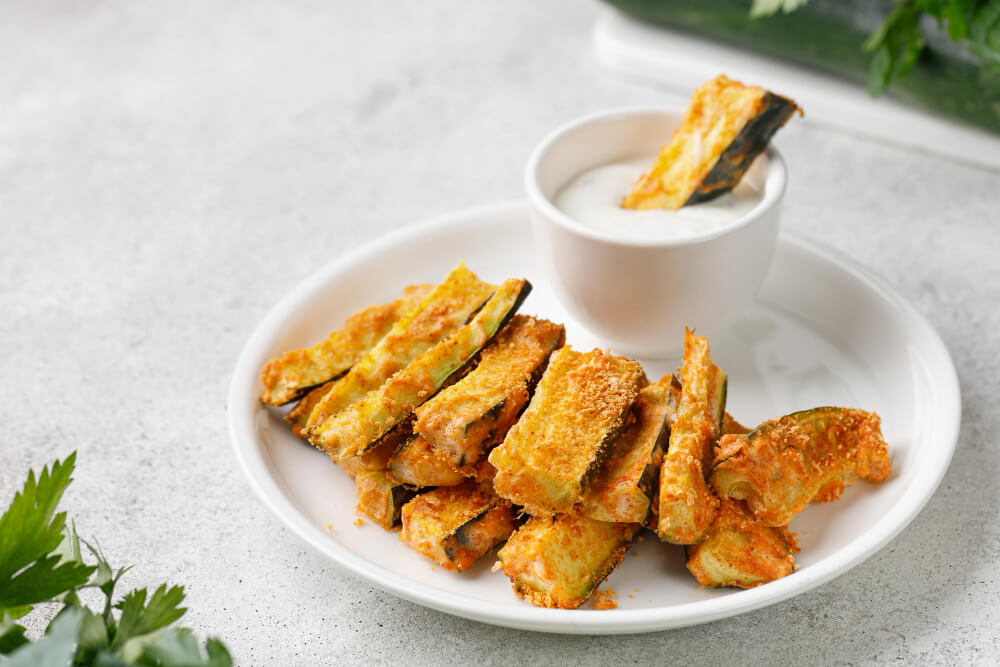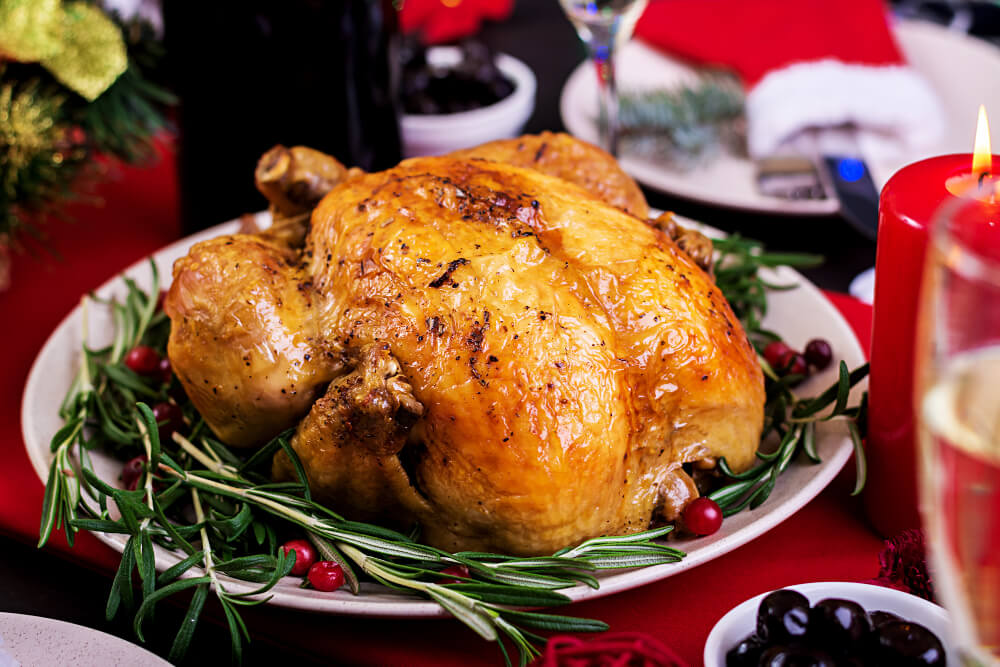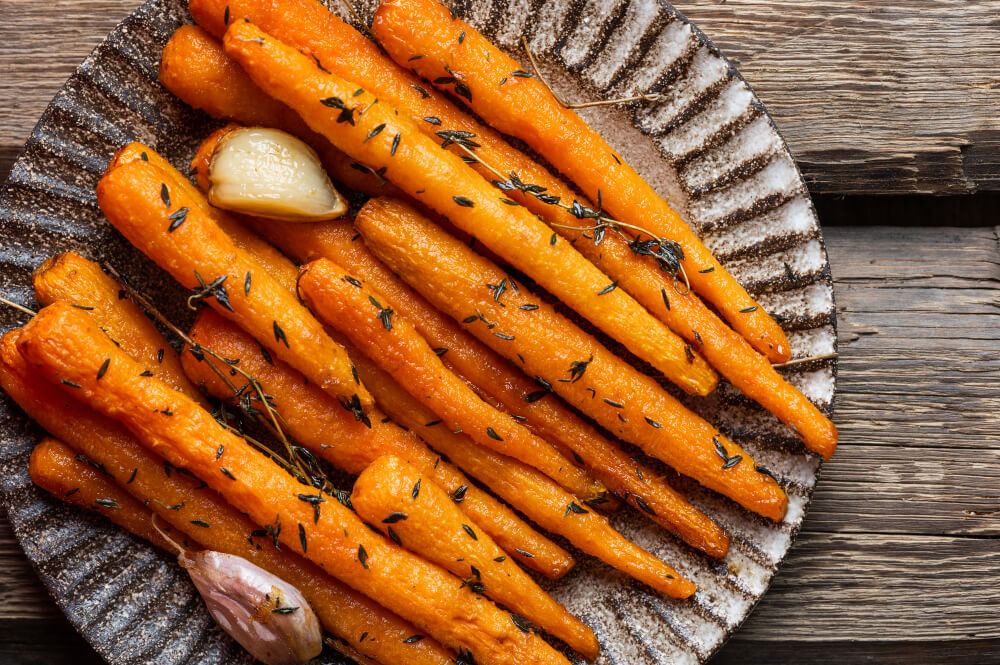
Hey there, barbecue lovers! Are you gearing up for some smoked pork butt, but wondering which way to place it on the smoker - fat side up or down? This is a classic dilemma that has sparked a great debate in the world of barbecue. Some say placing the fat cap facing up helps to baste the meat and keep it moist during cooking, while others swear by the fat cap facing down for a crispier bark on the outside.
Whether you're using a smoker, grill or any other heat source, getting the right cut of meat and cooking time is important to make sure you end up with delicious, flavorful pulled pork. But the placement of the pork butt with the fat can also impact the end result.
In this article, we'll dive into the science and theories behind each approach, so you can make an informed decision for your next smoking session.
Get ready to settle The Great Pork Butt Smoking Debate!
What is a Fat Cap?
Before we get into the debate of whether to place the pork butt fat side up or fat side down, it's important to understand what the fat cap is. A fat cap is a layer of white fat that covers one side of a Boston butt, a popular cut of pork used for pulled pork.
The purpose of the fat cap is to protect the meat from drying out during the cooking process. The fat acts as a barrier, preventing moisture from escaping and keeping the meat juicy. As the pork cooks, the fat melts and helps to baste the meat, creating a flavorful crust on the outside.
When you place the pork butt fat side up, the fat will naturally baste the meat as it melts and drips down. On the other hand, placing it fat side down may result in a drier piece of meat, as the fat won't penetrate the meat as effectively.
Whether you're using a pellet grill, a smoker or another type of cooker, the fat cap is an important factor to consider when cooking pork butt. So, before you put the fat side up or down, make sure you understand the purpose of the fat cap and how it affects the final result of your pulled pork.
The Pros and Cons of Cooking a Pork Butt Fat Side Up

Image Credit to: Heritage Foods
When it comes to smoking meat, cooking a pork butt fat side up is a popular method for many pitmasters. The idea is that by melting the fat cap, it will baste the meat and create a juicy, flavorful end result. However, there are both pros and cons to this method.
Pros:
- Melting the fat cap will somewhat baste the meat on the surface of the pork shoulder as it renders away.
- Placing the fat cap up can protect the meat from direct heat and prevent it from becoming dry or overcooked.
- When the fat cap is rendered, it can create a layer of delicious, crispy bark on the outside of the pork.
Cons:
- The rendered fat can potentially run down over the meat and wash away some of the rub that was put on the exterior of the pork shoulder.
- The fat may not penetrate deeply into the meat, despite the belief that it will.
- Some pitmasters choose to trim the fat cap before cooking to prevent it from overpowering the flavor of the meat.
The Pros and Cons of Cooking Pork Butt Fat Side Down
Cooking pork butt fat side down is a method that some pitmasters swear by. The belief is that having the fat side facing down will help to protect the meat from the direct heat and prevent it from drying out. But there are both pros and cons to this method.
Pros:
- Cooking with the fat side down allows the pork fat to act as insulation, protecting the meat from direct heat and keeping it moist.
- With the meat side up, a better bark can form without impressions from the grill grates.
- When cooked fat side down, the rendered fat can create a flavorful crust on the bottom of the pork.
Cons:
- Placing the fat cap on the bottom can run the risk of exposing it to direct heat, causing flare-ups and potentially charring the meat.
- Depending on the configuration of your smoker, cooking fat side down may not allow the rendered fat to baste the meat as effectively.
- If the pork butt is cooked fat side down for too long, it could result in a charred and crispy exterior.
Should You Flip Your Pork Shoulders?

Flipping your pork butt as it cooks is a less common method of cooking, but it can be a viable option for some pitmasters. Flipping the meat periodically allows for both the fat side and meat side to experience different heat and basting methods, which some believe can result in a juicier and more flavorful end result.
Pros:
One of the main advantages of flipping the pork shoulder is that it allows the fat cap to take turns between rendering down and basting the meat. Additionally, it can also act as a barrier to keep the meat from drying out.
Cons:
One major downside to flipping the pork shoulder is that every time you flip it over, you'll lose some of the rendered down fat that has been basting the meat. Additionally, opening and closing the smoker repeatedly can cause heat to escape and ultimately add to the overall cook time.
Ultimately, the decision to flip your pork butt over during the cooking process depends on personal preference and the specific smoker being used. If you choose to flip the meat, it's important to do so carefully to avoid losing too much of the rendered fat. Additionally, keep in mind that flipping the pork shoulder too often can cause the cook time to increase, so it's important to monitor the temperature and adjust as needed.
So, What's the Verdict?
The verdict is in, and we have concluded that the optimal way to cook a pork butt, or any other meat with a fat cap, is to position it with the fat cap facing toward the heat source. This technique allows the meat fat side to effectively melt and baste the meat, enhancing its flavor and tenderness. When preparing a pork butt or pork shoulder fat side, it's crucial to consider the heat distribution and cooking method to achieve the best results.
By placing the pork butt with the fat cap towards the heat, the meat is evenly cooked, and the fat cap acts as a natural basting agent. As the fat renders, it slowly drips down the side of the pork butt, infusing the meat with moisture and flavor. This process eliminates the need to flip the pork butt during cooking, ensuring that the meat remains juicy and succulent.
Conclusion
To sum up, when cooking a pork butt or other meat with a fat cap, it is highly recommended to place the meat fat side or put the fat cap side towards the heat source. This method enhances the taste and tenderness of the meat by allowing the fat to render and baste the pork, making it a delightful culinary experience. No need to flip the pork butt during cooking, just sit back and enjoy the mouthwatering results.
Melting fat cap will not only impart rich flavors into the meat but also help to maintain its juiciness throughout the cooking process. As the fat melts, it seeps into the fibers of the meat, keeping it moist and tender. This technique ensures that even the leaner portions of the pork butt receive the benefits of the rendered fat, resulting in a more evenly cooked and flavorful dish.
Moreover, cooking the pork butt with the fat cap towards the heat source can also contribute to the formation of a deliciously crispy and caramelized outer layer. This textural contrast adds a satisfying crunch to each bite, elevating the overall eating experience.
Related Articles
- How Long Is Smoked Pork Good For | How Long Does Smoked Meat Last
- How Long Does Smoked Pork Last in the Fridge?
- Smoked Pork Tenderloin - Everything You Need to Know
- Top 5 Smoked Pork Tenderloin Recipes You Must Try
- Smoked Pork Chops - Everything You Need to Know
Related Products You Might Like
With your smoked pork butt ready to serve, it's time to bring out the perfect cutting board. Mevell has you covered with a variety of wooden cutting boards that not only look great but also provide a durable and functional surface for your culinary creations.
Explore our collection of wooden cutting boards today and find the right addition for your kitchen.



